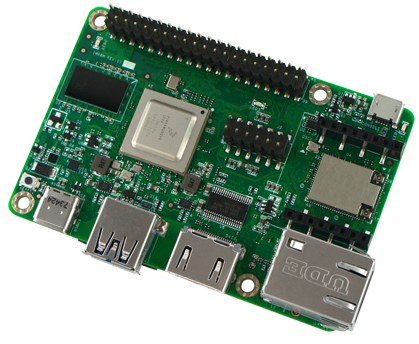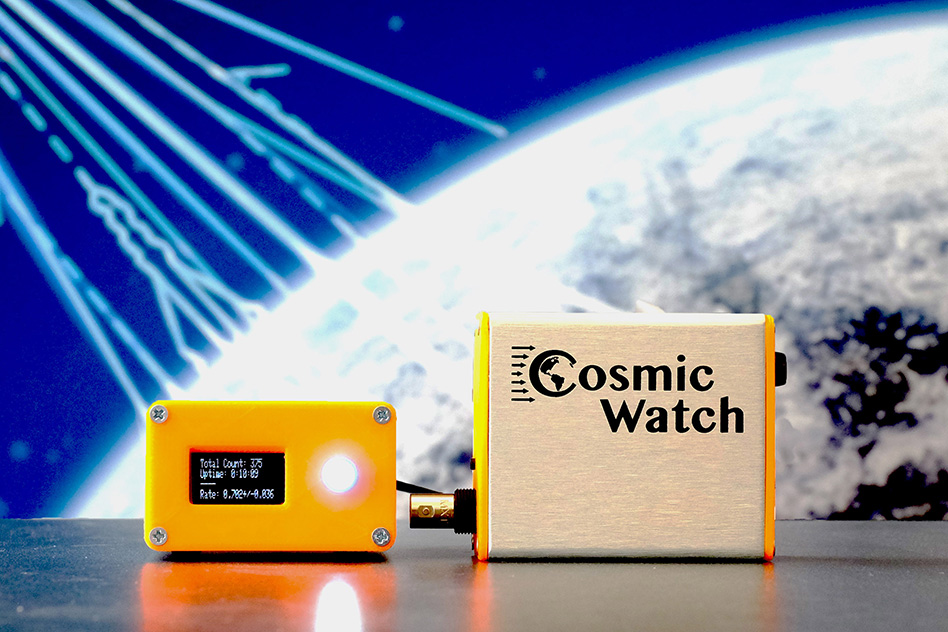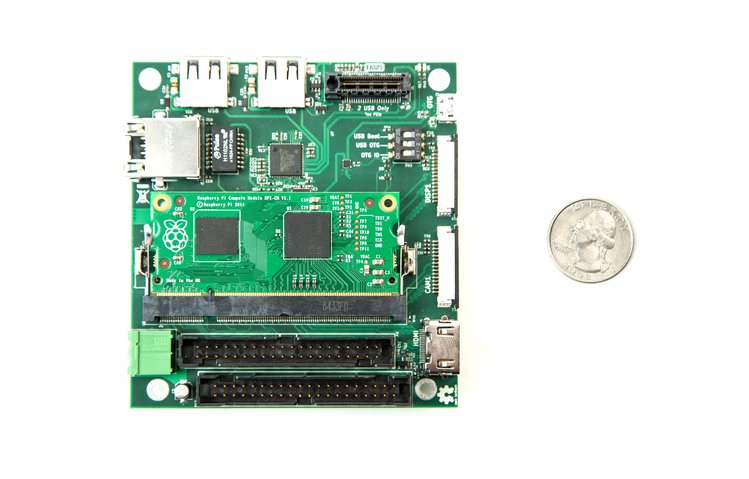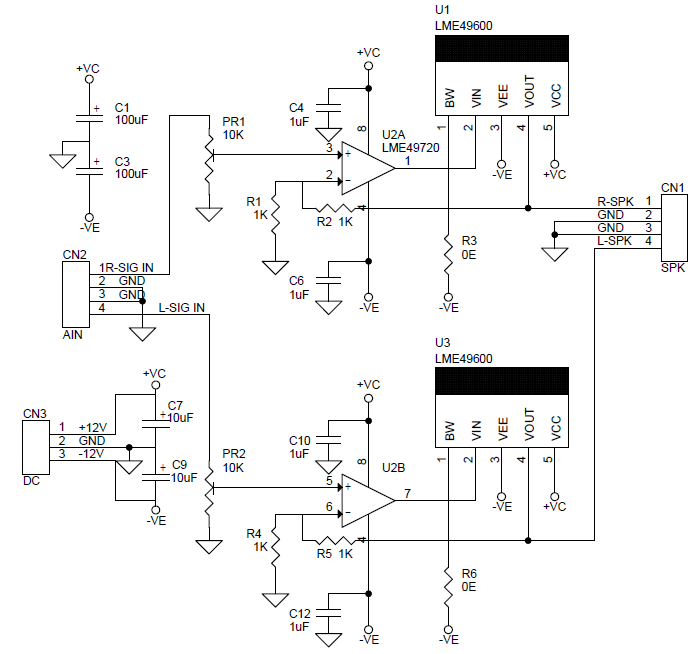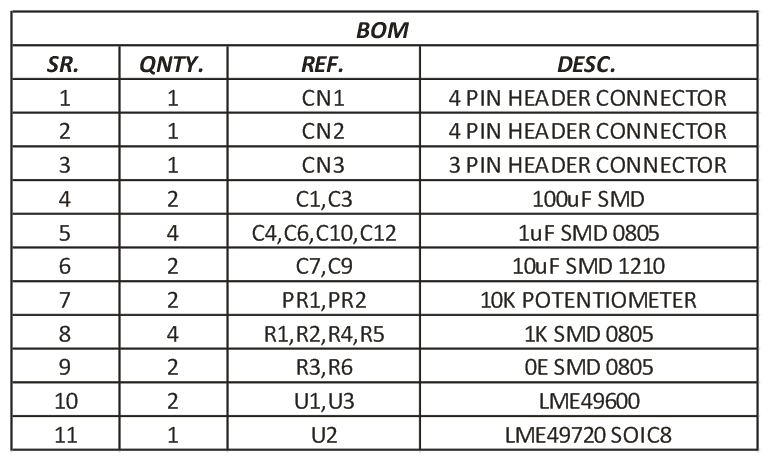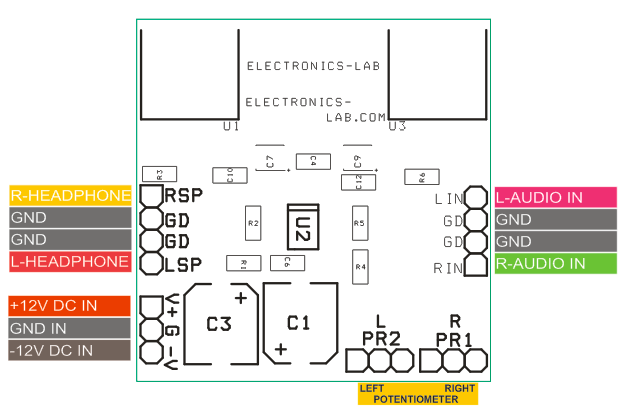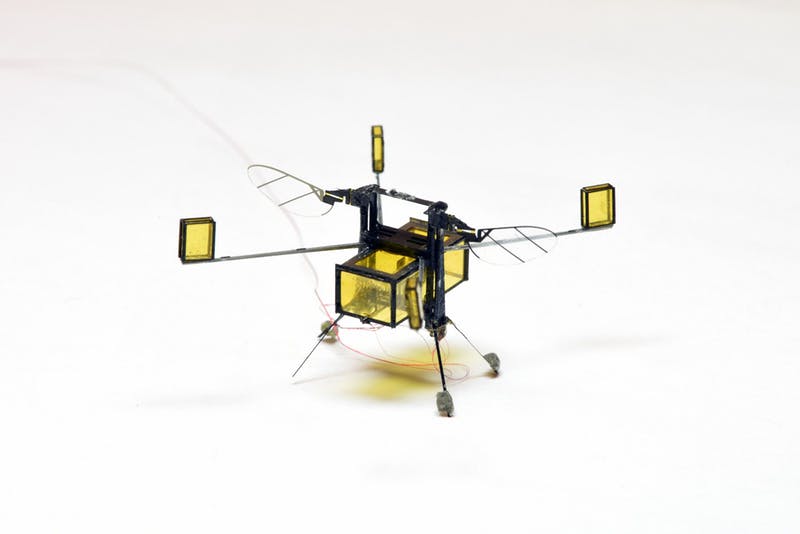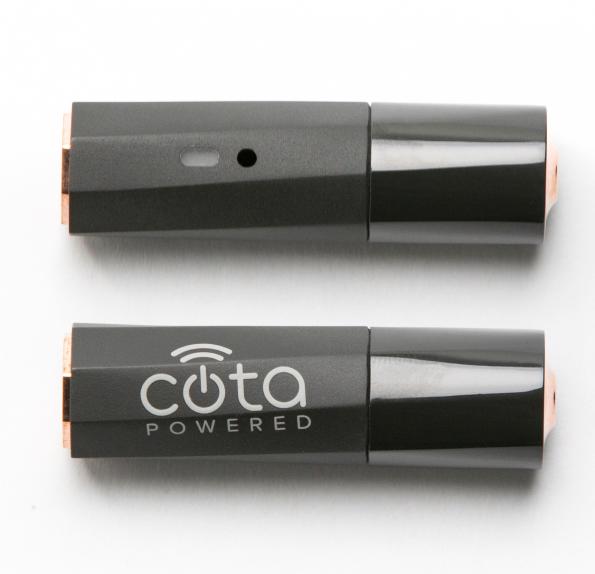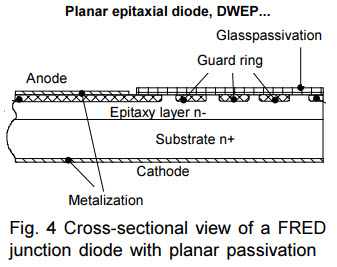The Wand-Pi-8M is an open source hardware project with community support and a full range of Linux-based distros, starting with Yocto, Ubuntu, and Android Oreo. The board schematics and software source will be available for free download.
This Raspberry Pi like SBC comes in three different models:
- Wand-Pi-8M-Lite ($89) – 1GB of DDR4 and 4GB eMMC
- Wand-Pi-8M-Pro ($99) – 2GB DDR4 and 8GB eMMC
- Wand-Pi-8M-Deluxe ($119) – 2GB DDR4 and 16GB eMMC
All three Wand-Pi-8M models use the quad-core, Cortex-A53 i.MX8M Quad clocked at up to 1.3GHz.
Specifications
- Processor — i.MX8M (4x Cortex-A53 @ 1.3GHz); Vivante GC7000Lite GPU; Cortex-M4 MCU
- RAM — 1GB DDR4 (Lite) or 2GB DDR4 (Pro and Deluxe)
- Storage — 4GB (Lite), 8GB (Pro), or 16GB (Deluxe) eMMC
- Display — HDMI port at up to 3840 x 2160 (4K HDR)
- Wireless (Pro and Deluxe only) — Qualcomm Atheros QCA9377 module with 802.11 a/b/g/n/ac and Bluetooth 4.2 (BR+EDR+BLE) and MHF4 antenna connector
- Networking — Gigabit Ethernet port (Atheros AR8035)
- Other I/O:
- USB 3.0 host port
- USB 3.0 Type-C port with 5V input support
- Micro-USB debug port
- 2x MIPI-CSI
- Expansion — 40-pin RPi-compatible GPIO header; mikroBus connector
- Other features — Reset button
- Power — 5V DC input via USB Type-C; NXP PF4210 PMIC
- Operating temperature — 0 to 50°C
- Shock resistance — 50G/25ms
- Vibration resistance — 20G/0-600Hz
- Dimensions — 85 x 56 x 19.3mm
- Operating system — Linux, Yocto, Ubuntu, Android Oreo



